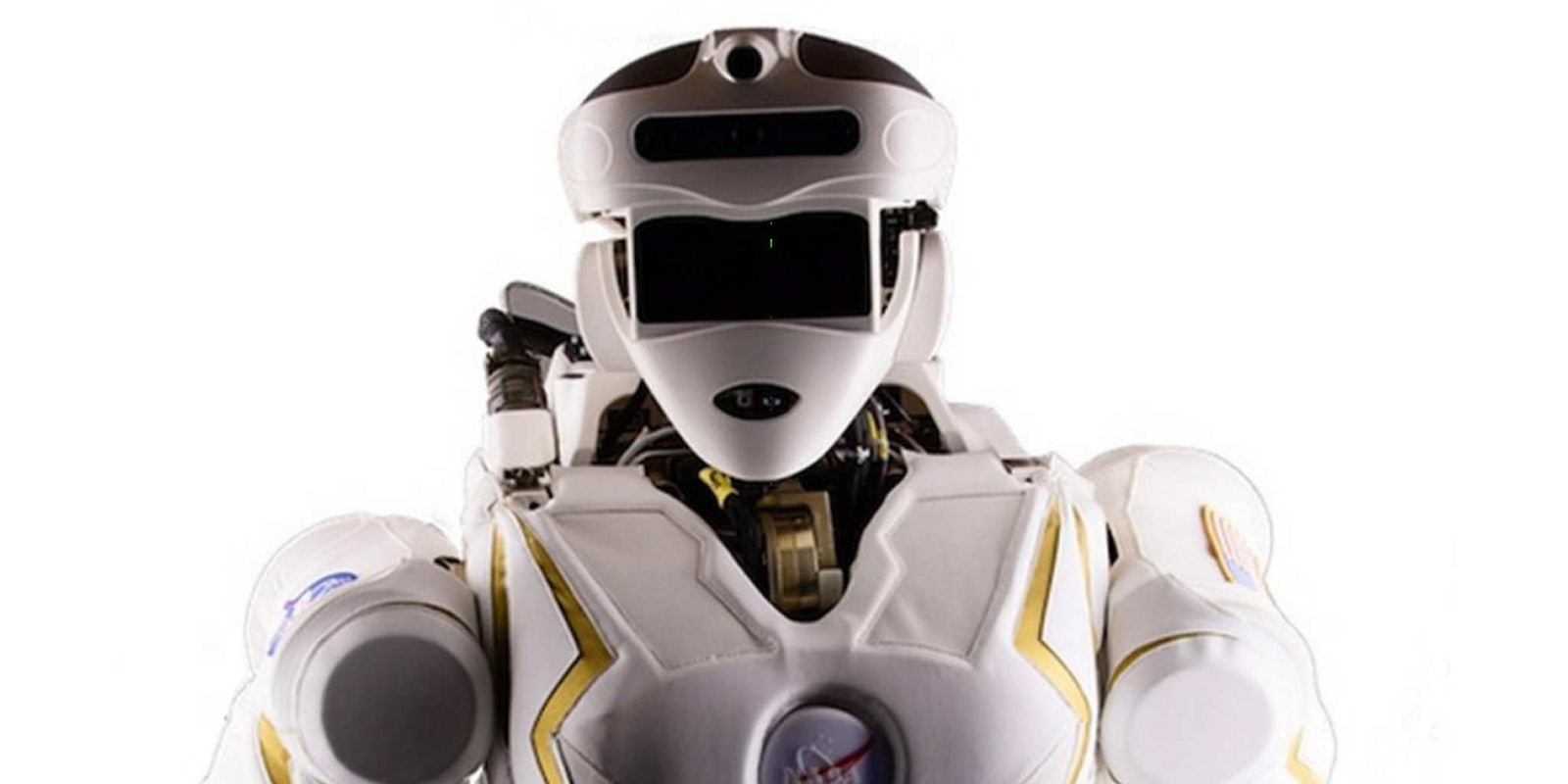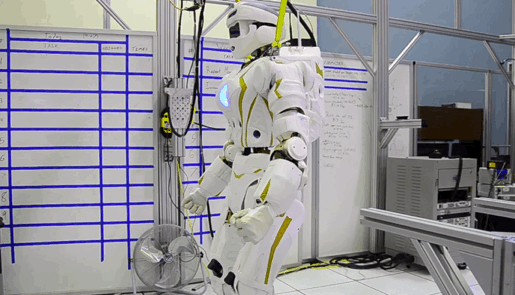The next great astronaut won’t go through g-force training, but bug tests and beta runs. NASA granted MIT a humanoid robot for testing and development for future space missions.
As large as a linebacker with a six foot, 290 pound frame, the bot known as Valkyrie (or R5) is part of NASA’s upcoming Space Robotics Challenge. MIT’s Computer Science and Artificial Intelligence Laboratory (CSAIL) is one of just two universities that will get to take a crack at the future of space exploration. Northeastern University in Boston, Ma. will receive the other bot.
Led by principal investigator Russ Tedrake, CSAIL will develop software and algorithms for the bot in hopes of turning it into an autonomous astronaut. NASA sees potential for the Valkyrie as a testbed for automated astronauts that can brave missions too risky for humans.
The challenge is a part of NASA’s Centennial Challenges Program, which consists of two parts: a virtual competition using robotic simulations and a physical competition which includes the two Valkyrie robots.
If any team is equipped for the the challenge, it’s Tedrake’s. He and his fellow researchers have spent three years developing algorithms for a different 6-foot-tall humanoid (there are a disturbing number of these giant robots) as part of a government-sponsored competition. They taught the bot how to open doors drill holes, turn vavles, navigate stairs, and even drive a car.
Tedrake has also been CSAIL’s research center for autonomous cars, a Toyota-sponsored initiative to teach cars to navigate without human input.
The CSAIL team will be given $250,000 a year for two years from NASA’s Space Technology Mission Directive as a reward for winning the DARPA Robotics Challenge, and to sustain its research on the Valkyrie bot. The team will also be given access to onsite and virtual technical support from NASA—and hopefully they won’t have to push the “1” key over and over to get through the automated answering system.


